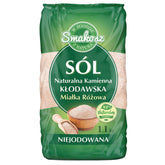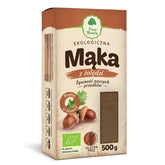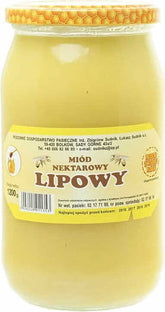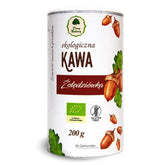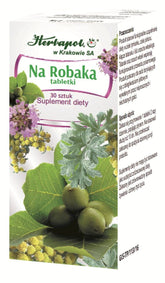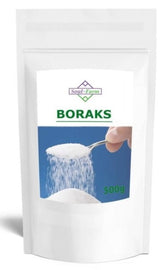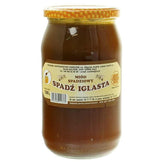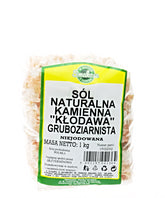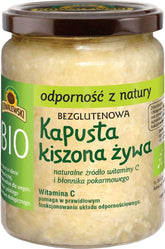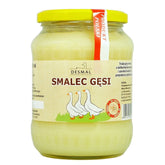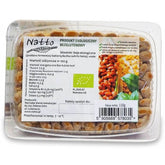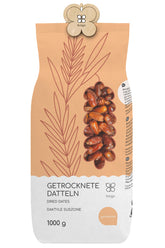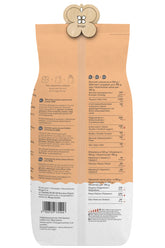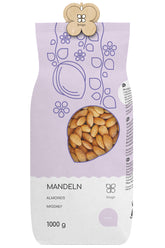Cooking in harmony with yin and yang: What is a macrobiotic diet?
- Macrobiotic nutrition - beginnings
- Assumptions of the macrobiotic diet
- What do you eat on a macrobiotic diet?
- Further macrobiotic dietary recommendations
The macrobiotic diet is less a “diet” in the popular sense of the word, but rather a set of advice and guidelines on what and how one should eat: not for a specific, usually not very long, period of time, but for a lifetime.
The origins of the macrobiotic diet are linked to the Shoku-Yo, or "healing through food," movement, founded in the early 20th century by the Japanese physician Sagen Ishizuka. The term "macrobiotics" itself was coined by one of Ishizuka's students, George Ohsawa, from a combination of the Greek words macros (large) and bios (life).
Macrobiotic nutrition - beginnings
In the 1960s, when the macrobiotic diet gained public attention, it was much more radical than the version we know today. It involved the gradual elimination of various food groups until only brown rice and pure water were consumed. The current assumptions of macrobiotics are much safer for health and more realistic.
Assumptions of the macrobiotic diet
Today, the macrobiotic diet is a set of guidelines that dynamically change depending on the season and day, geographic location, and even regional availability of individual products. The main premise of the diet is the idea, derived from Chinese philosophy, that everything contains energy: dark, cool, feminine, and internal yin, or light, warm, masculine, and external yang.
To achieve harmony on various levels, including health and nutrition, yin and yang must be balanced. However, because the levels of these energies change with climate, time of day, location, etc., balance is not static but dynamic. For example, summer requires meals that are lighter, cooler, and take less time to cook than those we should eat in winter.
What do you eat on a macrobiotic diet?
As with most diets, some foods are recommended and others are strongly discouraged. All whole grains and groats such as brown rice , millet , and buckwheat , as well as oatmeal , are recommended. Eating plenty of green leafy vegetables, cruciferous vegetables, and root vegetables is recommended, while avoiding some other vegetables—including potatoes, eggplant, peppers, and tomatoes.
Your fruit choices should be limited to those grown in your climate zone: in Poland, for example, you shouldn't eat bananas, tangerines, and mangoes. Small amounts of white fish and legumes are allowed. Foods and drinks to avoid include red and white meat, dairy products, eggs, alcohol and coffee, chocolate, popcorn, and white rice. As you can see, the macrobiotic diet is rich in carbohydrates and fiber and relatively low in protein and fat.
Further macrobiotic dietary recommendations
Those who want to strictly adhere to the rules of macrobiotics should prepare meals (2-3 a day) only from locally produced, organic products. Dishes should be cooked over an open flame, not on an induction hob or in the microwave, and with iron, stainless steel, or ceramic utensils. Also, avoid "dry" cooking methods like baking or grilling and use "wet" methods like steaming instead.
THE PUBLISHER'S CHOICE
Dried dates 1 kg BIOGO
- £4.00
£5.00- £4.00
- Unit price
- / per
Almonds 1 kg BIOGO
- £11.00
£13.00- £11.00
- Unit price
- / per
Walnuts 800 g BIOGO
- £8.00
£10.00- £8.00
- Unit price
- / per
PULLED ORGANIC SUNFLOWER SEEDS 1 KG BIOGO
- £4.00
£5.00- £4.00
- Unit price
- / per
Dried organic mango 400 g BIOGO
- £10.00
- £10.00
- Unit price
- / per
Chia seeds (Salvia Hispanica) organic 1 kg BIOGO
- £7.00
£8.00- £7.00
- Unit price
- / per
Oat flakes 800 g BIOGO
- £3.00
£3.00- £3.00
- Unit price
- / per
Popcorn (corn kernels) organic 1 kg BIOGO
- £6.00
- £6.00
- Unit price
- / per
Organic coconut flakes 500 g BIOGO
- £9.00
- £9.00
- Unit price
- / per
Dried organic figs 800 g BIOGO
- £27.00
- £27.00
- Unit price
- / per
